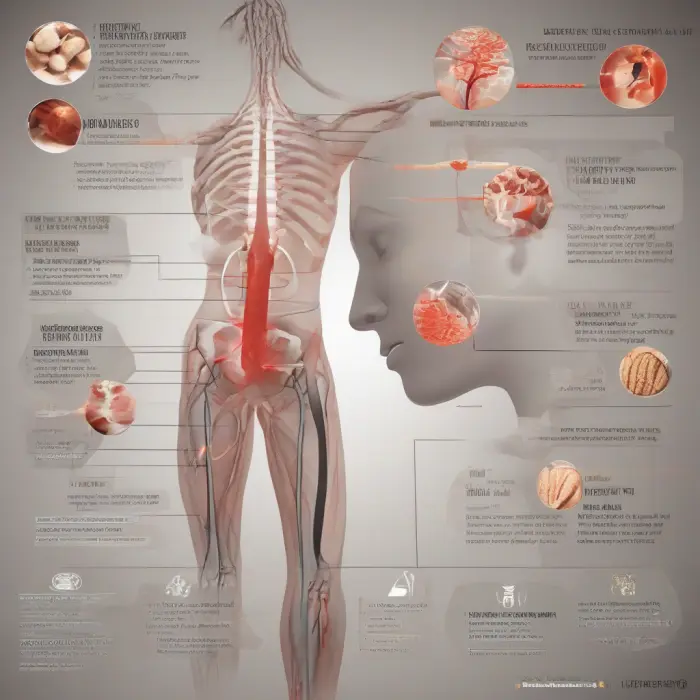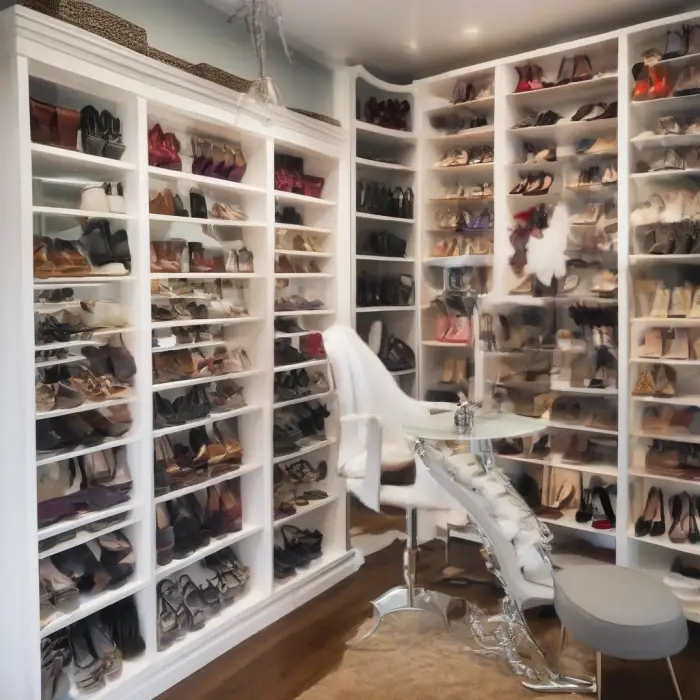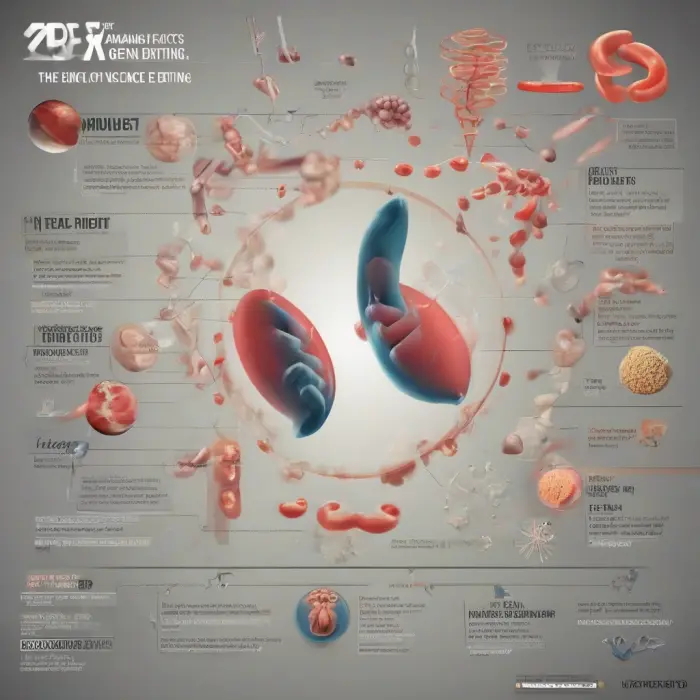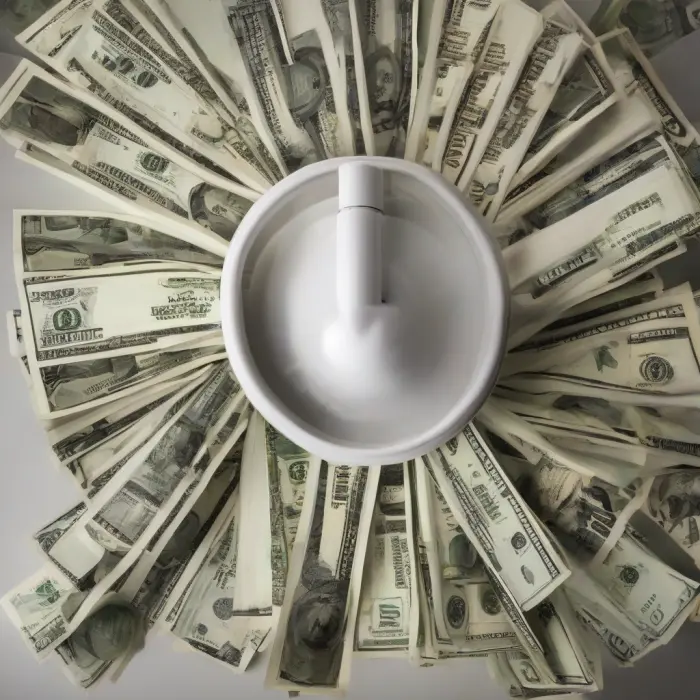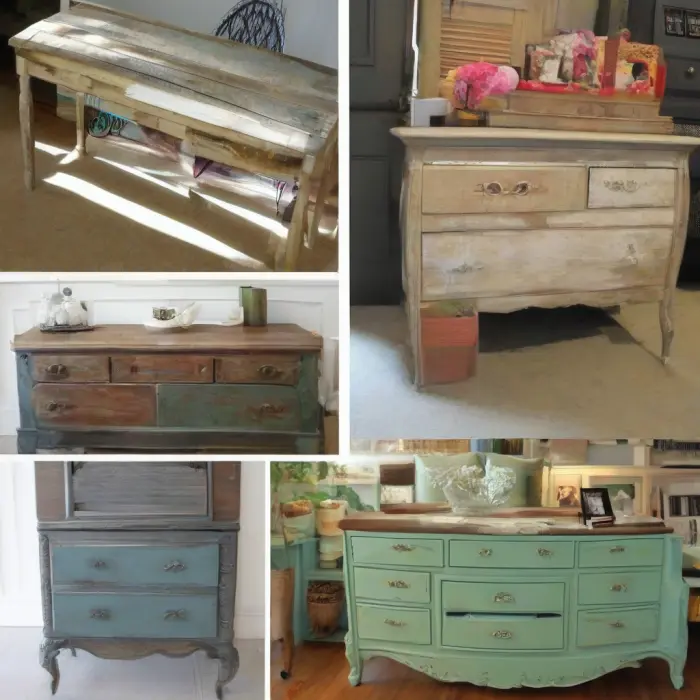Crafting Your Own DIY Embellished Flip Flops
Turn a simple pair of flip flops into a stylish, customized accessory with creative embellishments, smart techniques, and a dash of personality. Whether you’re prepping for a beach vacation, outfitting a bridal party, or just refreshing last summer’s sandals, this guide walks you through everything from planning and materials to step-by-step methods, durability, and care.
Table of Contents
Materials and Tools
Gather your supplies before you begin so assembly goes smoothly.
Flip Flops
Basic rubber or EVA foam flip flops (Y-thong or slide style)
Neutral or matching strap color is easiest to cover
Adhesives (choose based on materials)
Strong flexible craft glue (e.g., E6000-type) for rhinestones and mixed materials
Contact cement or shoe glue for heavy-duty hold
Fabric glue for textiles and ribbon
Hot glue (low-temp) for quick positioning; best as a temporary hold
Two-part epoxy for metal or shells (use sparingly; can be rigid)
Embellishments
Ribbons, bias tape, lace, or fabric strips
Beads, pearls, rhinestones, rhinestone chain, sequins
Charms, shells, buttons, cabochons, appliqués
Leather or faux leather strips, cord, twine, yarn
Tassels, pom-poms, fabric flowers
Tools
Scissors, craft knife, and a cutting mat
Tweezers for precise placements
Needle and thread (nylon or polyester for strength)
Small pliers for jump rings or metal findings
Clips or binder clips for holding wraps while drying
Measuring tape or ruler; chalk or fabric pencil
Isopropyl alcohol and lint-free cloth for surface prep
Optional: fine sandpaper (400–600 grit) to lightly scuff straps
Safety gear: gloves, well-ventilated workspace; mask when using strong adhesives
Choosing the Right Flip-Flop Base
Strap shape: Y-thong straps are classic; slides offer broader surfaces for appliqués and fabric work.
Material: Rubber/EVA is common. Leather or faux leather straps can take stitching or rivets better.
Comfort: Try them on; ensure the toe post isn’t irritating and straps aren’t too tight.
Color: Match your embellishments or choose a neutral base to make details pop.
Quality: A firmer footbed and well-anchored straps improve longevity.
Design Planning
Sketch your concept or lay embellishments on the straps before gluing.
Theme: Beachy shells, boho macramé, bridal sparkle, minimalist metallics, or playful color-block.
Palette: Choose 2–3 complementary colors and one accent to keep things cohesive.
Balance: Mirror the design on both shoes. Keep bulky elements away from the inner strap edge that touches skin.
Durability: Favor low-profile, rounded embellishments along the inside edge to prevent rubbing.
Popular Embellishment Methods
Ribbon or Fabric Wrap: Smooth, comfortable cover for straps; easy for beginners.
Braided Cord or Leather: Adds texture and a snug fit; good for boho looks.
Rhinestone Chains and Studs: High-impact sparkle; place along the top strap edge.
Beading and Charms: Thread beads onto wire or cord and attach at the strap center.
Macramé or Crochet Covers: Create removable sleeves for straps; washable and customizable.
Shells and Natural Elements: Use small, flat shells; reinforce with thread where possible.
Fabric Flowers or Appliqués: Best centered or on outer strap edge to avoid friction.
Step-by-Step Tutorials
1) Classic Ribbon-Wrapped Straps
Prep: Clean straps with isopropyl alcohol and let dry. Lightly scuff glossy straps for better grip.
Cut ribbon: Measure each strap length and add 2–3 inches for overlap. Cut two pieces.
Anchor: Dab a small amount of fabric glue on the underside near the toe post. Press ribbon end to anchor.
Wrap: Spiral the ribbon tightly around the strap with slight overlap. Smooth as you go to avoid bumps.
Secure: Glue the final end on the underside and clamp with a binder clip until dry.
Finish: Seal raw ribbon edges with a fray blocker or carefully melt with a lighter (use caution).
Embellish: Add a small bow, charm, or rhinestone cluster at the center if desired.
2) Rhinestone Chain Luxe Look
Prep: Clean straps thoroughly. Mark a straight line along the top of each strap as a placement guide.
Cut: Measure and trim rhinestone chain to fit each strap section.
Apply adhesive: Run a thin bead of flexible strong glue along your guide line.
Place: Use tweezers to set the chain. Work in small sections to maintain alignment.
Secure: Tape lightly to hold while curing. Avoid excess glue oozing; wipe away immediately if needed.
Cure: Allow 24–72 hours for full cure before wearing.
3) Boho Macramé Strap Sleeve with Charms
Measure: Determine strap length and circumference. Create a flat macramé panel slightly wider than the strap.
Knot: Use square knots or half hitches with waxed cord for structure.
Form sleeve: Fold the panel around the strap and stitch or glue the back seam to create a removable sleeve.
Add charms: Attach small charms or beads at the center using jump rings.
Fit: Slide onto the strap. Add discreet stitches at ends if needed to prevent sliding.
4) Coastal Shell Cluster
Select shells: Choose small, flat-backed shells. Rinse and dry thoroughly.
Back the shells: For uneven shells, create a flat base with a tiny blob of epoxy or build up with clear glue; let cure.
Layout: Arrange a cluster at the strap center. Test placement off-shoe first.
Attach: Glue shells one by one. For durability, stitch a few with clear nylon thread around the strap if possible.
Seal: Brush a thin layer of clear flexible sealant around edges to protect.
5) Fabric Flower Slides
Make flowers: Layer circles of fabric, singe edges lightly for shape, and stitch a bead in the center.
Base: Cut a small felt oval backing for each flower. li>
Attach: Glue felt-backed flowers onto slide straps, focusing on the outer half to avoid rubbing.
Reinforce: Add a few hidden stitches through the strap fabric if possible.
Adhesive and Attachment Guide
Surface prep: Always clean with isopropyl alcohol; lightly scuff slick plastics.
Glue choices:
Flexible craft glue: Versatile, waterproof after curing, good for rhinestones and mixed media.
Fabric glue: Best for textiles; remains flexible.
Contact cement/shoe glue: Strong for high-stress points; follow instructions precisely.
Hot glue: Quick tack; use sparingly as a positioning aid, not as the sole bond.
Epoxy: Very strong but rigid; use for heavy items only and keep away from flex points.
Techniques:
Apply thin, even layers; excess glue can seep and irritate skin.
Clamp or tape while curing to prevent shifting.
Reinforce with stitching or wire where plausible (through fabric or around strap).
Cure times matter: Wait the full 24–72 hours for maximum strength.
Fit and Comfort Tips
Keep the inner strap edge smooth and low-profile to avoid rubbing.
Add thin moleskin or silicone strap cushions under wraps if needed.
Balance the weight of embellishments across both shoes.
For toe posts, consider a soft sleeve of fabric or heat-shrink tubing for comfort.
Avoid embellishing the footbed or sole; it can cause slipping.
Durability and Waterproofing
Choose non-rusting metals and sealed threads.
Seal knots with a dab of clear flexible glue.
Let adhesives cure fully before exposure to water or heat.
Avoid leaving embellished flip flops in hot cars; heat can soften glue.
Care and Cleaning
Wipe straps with a damp cloth and mild soap; avoid soaking.
Use a soft brush for textured embellishments; avoid harsh chemicals.
Air dry away from direct sunlight.
Store in a dust bag or box to prevent snagging.
Safety Notes
Work in a ventilated area and follow glue safety instructions.
Keep small embellishments away from young children.
Test a small area if you have skin sensitivities to certain materials or adhesives.
Budget and Sustainability
Upcycle last season’s flip flops or thrift new bases.
Repurpose broken jewelry, buttons, or fabric scraps as embellishments.
Collect shells responsibly and clean them thoroughly.
Design removable sleeves so you can refresh styles without new bases.
Troubleshooting
Glue not sticking: Increase surface prep (clean and lightly scuff), switch to a more suitable adhesive, allow full cure.
Embellishments snagging: Round off sharp edges, reposition to the outer strap edge, add a thin felt or leather backing.
Uneven layout: Use a ruler and light chalk marks; lay out all pieces before gluing.
Discomfort: Remove or relocate bulky items; add strap cushions or sand rough spots gently.
Style Recipes and Ideas
Beachy: Natural twine wrap, small shell at center, tiny pearl accents.
Bridal: White satin wrap, rhinestone chain along top edge, pearl cluster at center.
Festival: Colorful braided cord, tassels on the outer edge, mixed metal charms.
Minimalist: Matte leather strap cover with one metal stud per strap.
Sporty: Neoprene or elastic strap sleeve with reflective piping.
Kids: Bright ribbon wrap, soft felt appliqués, lightweight plastic charms.
Monogram: Small leather or metal initial tag at the outer strap.
Quick Measurements and Templates
Strap length: Measure from toe post to each anchor. Add extra if wrapping.
Spacing: For rhinestones or studs, mark 5–8 mm spacing for uniformity.
Center point: Mark the strap center on both shoes to align focal embellishments.
FAQ
Can I wear them in the rain? Yes, if you used waterproof, flexible adhesive and non-rusting embellishments. Allow glue to cure fully first.
Can I wash them? Hand-wipe only with mild soap and water. Avoid soaking or machine washing.
Will hot glue alone hold? It’s best as a temporary hold. For longevity, use a stronger flexible adhesive.
Can I remove or change the decorations? Many can be pried off gently with heat from a hair dryer to soften glue; proceed carefully to avoid damage.
Printable-Style Checklist
Flip flops (cleaned and prepped)
Chosen embellishments (ribbon, beads, rhinestones, shells, etc.)
Adhesive(s) appropriate for materials
Scissors, tweezers, needle and thread, clips
Isopropyl alcohol, cloth, fine sandpaper
Safety gear and a ventilated workspace
Design sketch or layout plan
Time for full curing (24–72 hours)
Conclusion
With a little planning, the right adhesive, and creative flair, your DIY embellished flip flops can look boutique-quality and feel comfortable. Start with a simple ribbon wrap or rhinestone line, then build confidence with macramé sleeves, shell clusters, or custom flowers. Take your time with prep and curing, and you’ll stroll away with a pair that’s uniquely yours and made to last.

